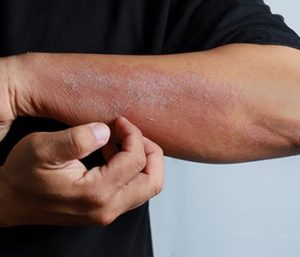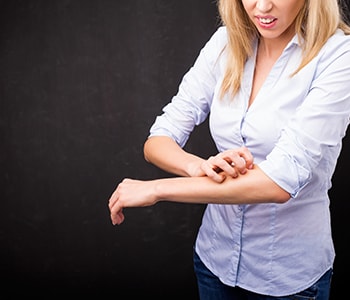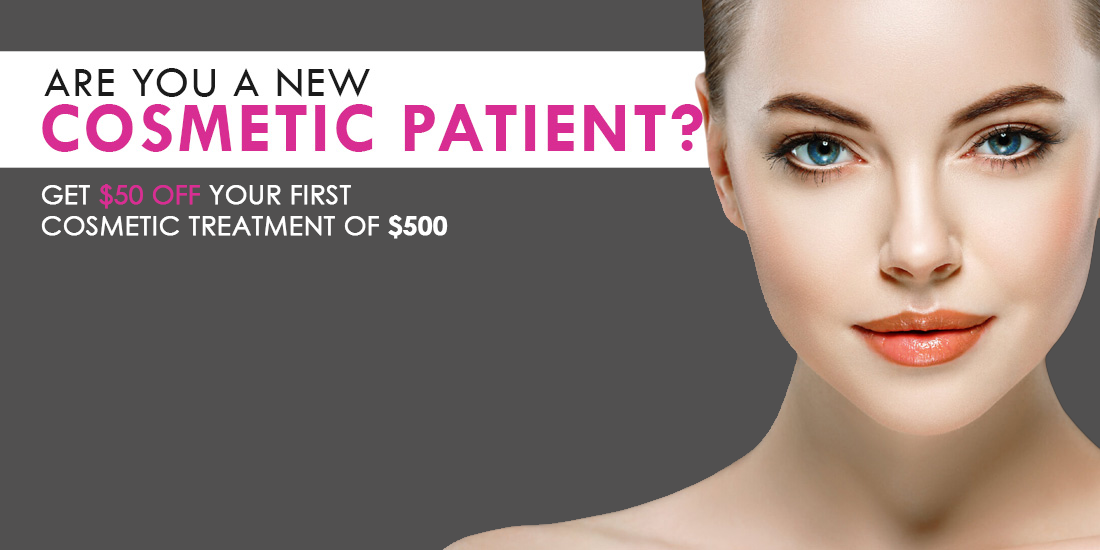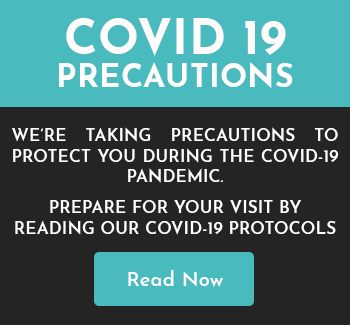
At Khrom Dermatology and Aesthetics, our professionals are here to help patients in achieving beautiful, healthy skin. When conditions such as eczema are difficult for individuals to control, Dr. Tatiana Khrom and her staff can help. Patients in the Brooklyn, NY area who are interested in treating eczema can ask about light therapy in conjunction with proper home care.
What to expect with light therapy
Light therapy is a procedure that is not only used for patients who have eczema, but also individuals who have other skin concerns that may benefit from this treatment. At our practice, we utilize the 308 EXCIMER SYSTEM for light therapy. This ensures safety and efficiency for our patients.
At the beginning of light therapy, the skin is cleansed and prepared for treatment. Then, a laser is used on the skin. It is often warm but not at all uncomfortable for our patients. Patients relax while treatment is administered. Afterwards, the skin may be slightly red, but this will dissipate over the course of a few hours. Many patients love the ability to treat their skin with laser light and enjoy a reduction in problems such as eczema.
What are the benefits of the EXCIMER SYSTEM?
When patients with eczema use the 308 EXCIMER SYSTEM, they enjoy:
- Painless treatment
- Effective solutions
- No recovery or downtime
- Relaxing sessions
- Insurance coverage (with most plans)
Book an Appointment
What conditions can this treatment address?

Many patients use light therapy for:
How often do I need treatment?
To see the results patients desire, it is important that they have several sessions over the course of time. We encourage most patients to consider two or three treatments a week, leaving approximately 48 hours between appointments. This may be done for several weeks to achieve desired results. Many patients find that, when combined with at-home treatments such as topical solutions, their eczema (or other skin condition) is quickly reduced or eliminated. This is because of the power behind light therapy!
Why might a patient consider light therapy for the treatment of skin conditions?
There are many reasons an individual may decide to move forward with light therapy for their conditions, whether it is psoriasis or eczema. In most cases, patients find they can see fast results. Rapid changes occur with the use of laser light therapy on the skin and many outbreaks and flare-ups can be quickly controlled with treatment. Most patients tolerate laser light therapy very well with minimal, if any, side effects from the lasers. The treatment is comfortable and does not require any downtime or healing periods. When patients consider how effective this is compared to other treatments that may irritate or damage the skin, they are often interested in moving forward with this treatment method.
What are some possible side effects of laser light therapy?
While there are many benefits to treatment, some patients may need to consider some of the side effects that can occur. All of side effects are openly discussed prior to undergoing treatment.
Schedule an appointment today to learn more about light therapy solutions
Whether you have eczema or other skin conditions that can be treated with light therapy, the team at Khrom Dermatology and Aesthetics is available to assist you in finding out what treatment can do for you! With the use of light therapy, patients can address many skin conditions that are causing them to feel self-conscious about how they look. Contact Dr. Tatiana Khrom and her team to learn more by calling 718-751-0674.
Back to Eczema Page

